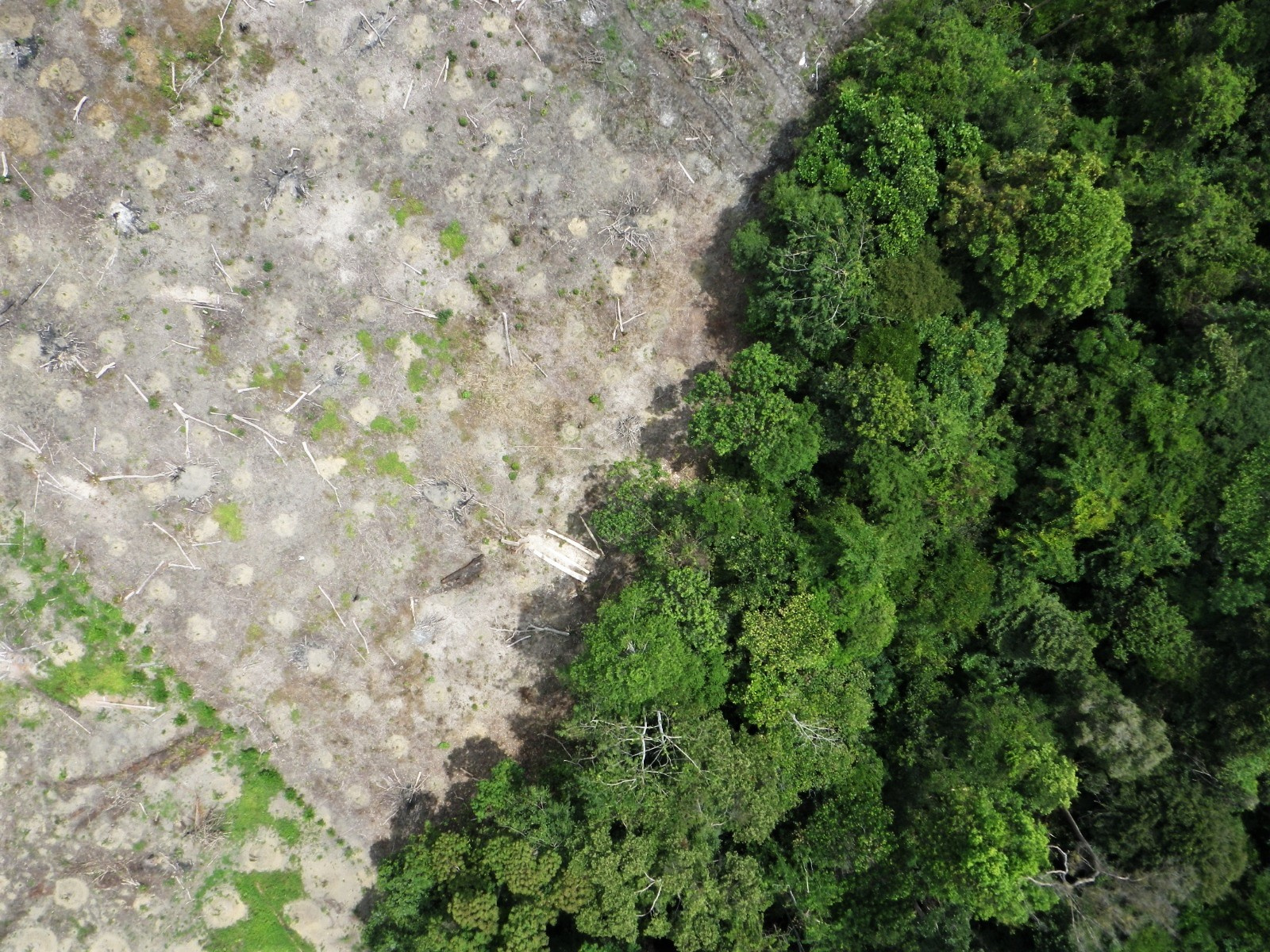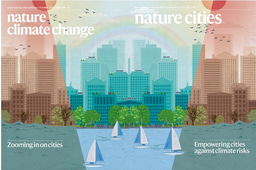Economic and social constraints on reforestation for climate mitigation in Southeast Asia
Published in Sustainability

To address the climate crises, the 2015 Paris Climate Agreement sets to limit global warming to well below 2 °C by the turn of the century. Complementing the shift to renewable energy and development of carbon capture technologies, reforestation is increasingly being recognised as a cost-effective nature-based climate solution.
In Southeast Asia, where the biophysical and climatic conditions favour high primary productivity and carbon sequestration, a 121 million ha of degraded forests was found to be biophysically suitable for reforestation. This contributes to a climate mitigation potential of 3.4 Gt of CO2e per annum from now through to 2030.
In practice, however, reforestation will likely be constrained by various social, economic, and operational limitations as a result of its geography and its varying priorities in the region. Hence, a more complete and nuanced understanding of reforestation in regard to these constraints is required. We question: how much do these constraints impact the efficacy of reforestation as a climate solution?
Through spatially explicit datasets, we sequentially applied four key constraints to illustrate the effects of biophysical, financial, land use and operational considerations on the climate mitigation potential of reforestation for the region. These constraints were then analysed through four scenarios, one treating the constraints as independent and the other three forming different contingent scenarios, all of which were applied within the biophysical constraint. Overall, our study finds that only a fraction (0.3 – 18%) of the biophysically feasible mitigation potential may be achievable when we consider the different constraints. For example, the land area available for reforestation by the financial constraint was found to be reduced by 50 – 87%, while the land use constraint limited reforestation by 36% for the less permissive scenario, thus hindering the climate mitigation potential.

These scenarios exhibit how the climate mitigation potential can be diminished if we considered constraints beyond biophysical suitability. Often, successful reforestation considers multiple constraints simultaneously, in reflection of the various priorities on the ground. Other environmental, social, cultural, and political factors are also likely to influence decision-making at different stages of the reforestation process, impacting the efficacy of reforestation as a nature-based climate solution.
Nevertheless, these barriers can be overcome with strong government commitment to climate mitigation, smart policies, and financial support from the private sector. Involving less agriculture-intensive smallholders in reforestation activities too can contribute substantially towards the climate mitigation potential. Such initiatives can allow countries to edge closer to their Nationally Determined Contribution targets, thereby supporting the effort in tackling the climate crises.
Follow the Topic
-
Nature Climate Change

A monthly journal dedicated to publishing the most significant and cutting-edge research on the nature, underlying causes or impacts of global climate change and its implications for the economy, policy and the world at large.



Please sign in or register for FREE
If you are a registered user on Research Communities by Springer Nature, please sign in